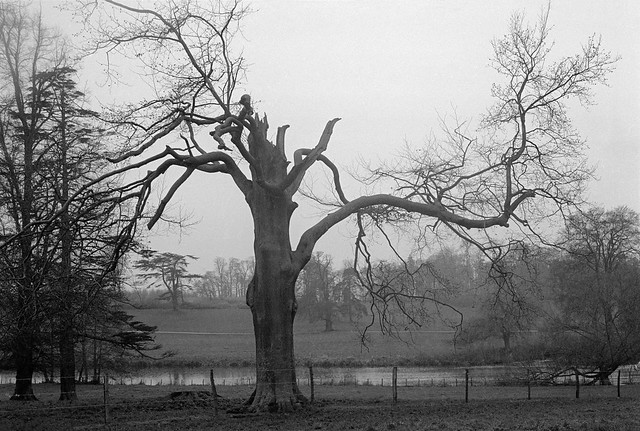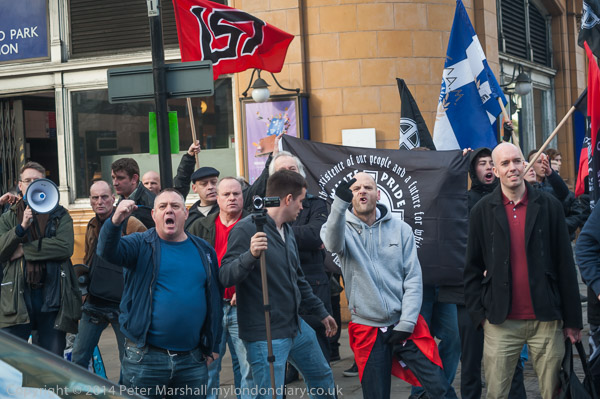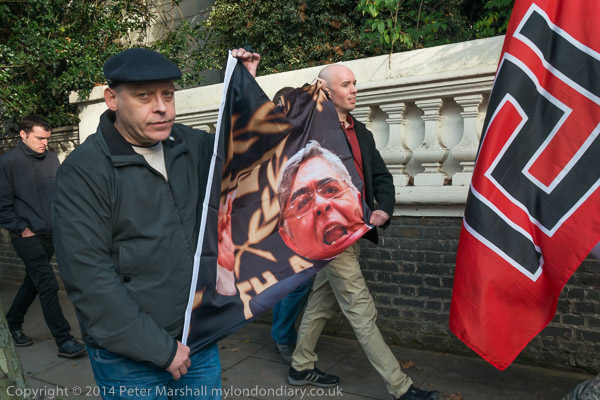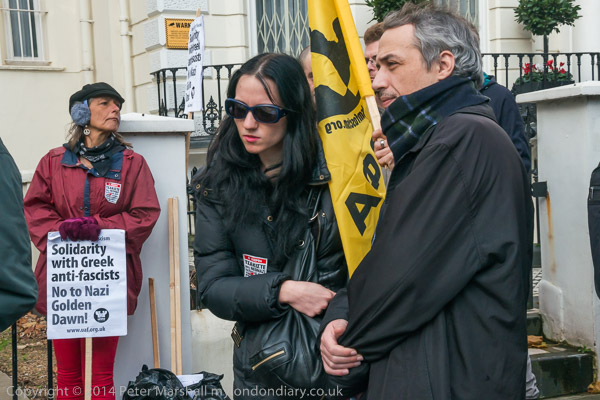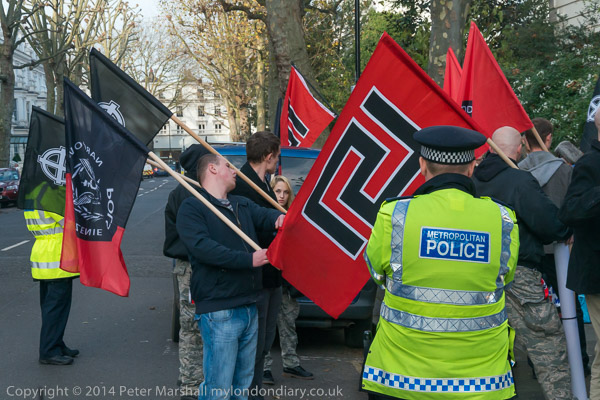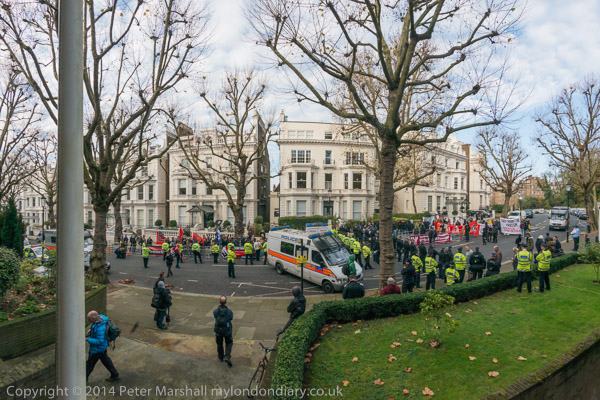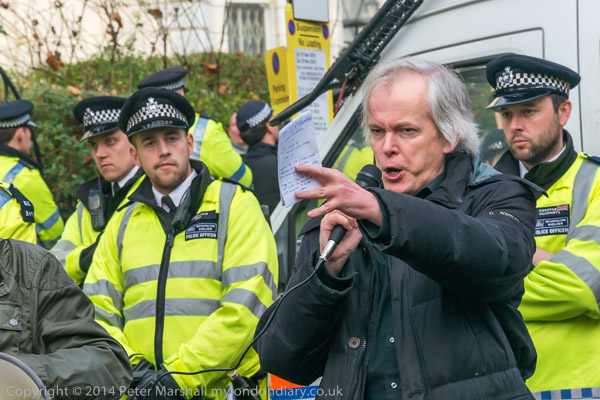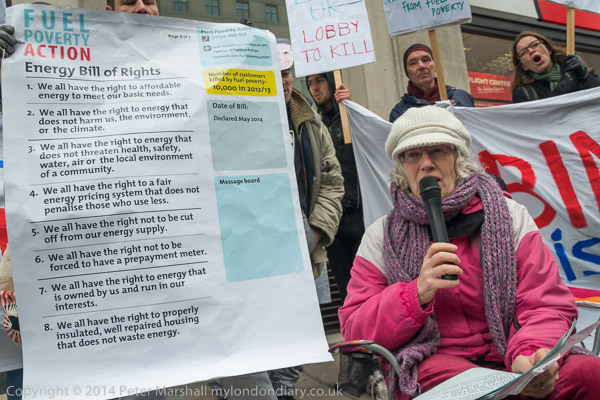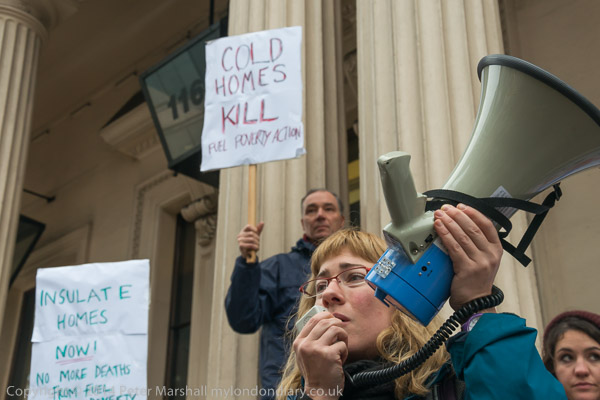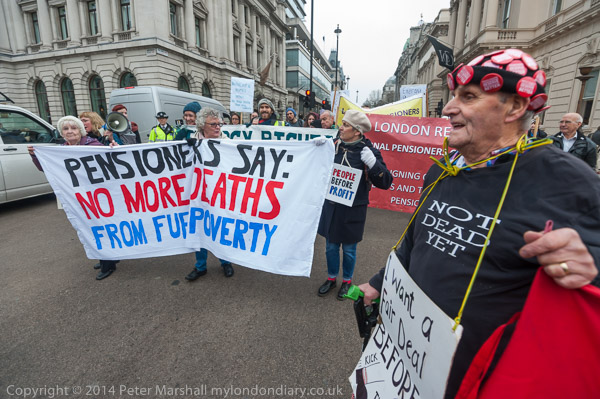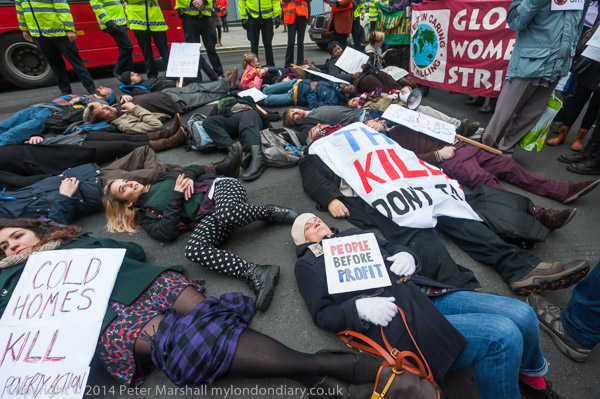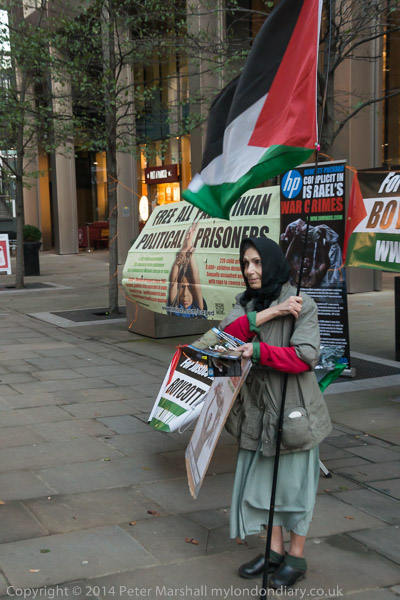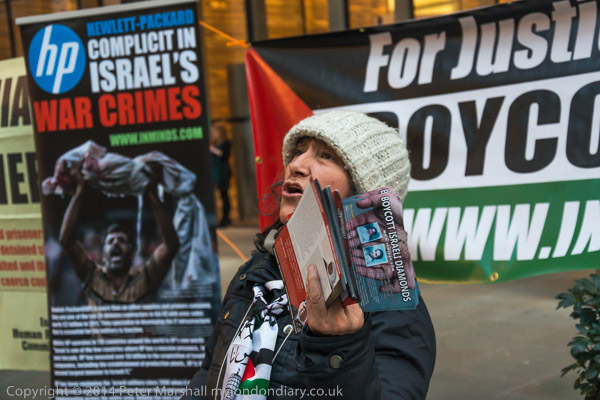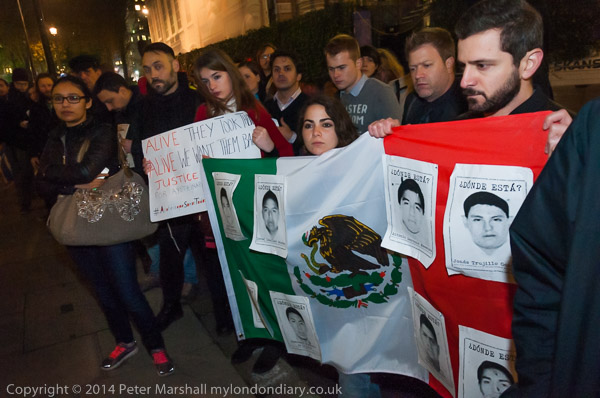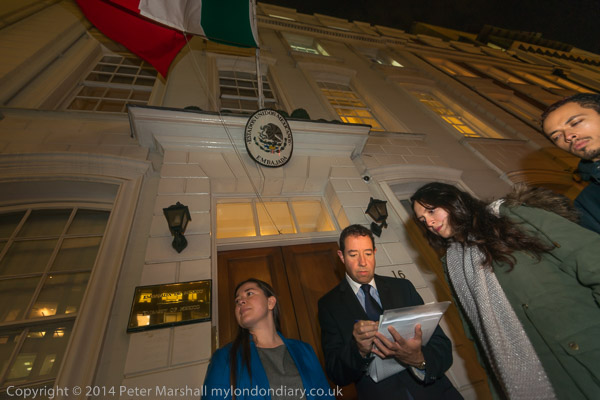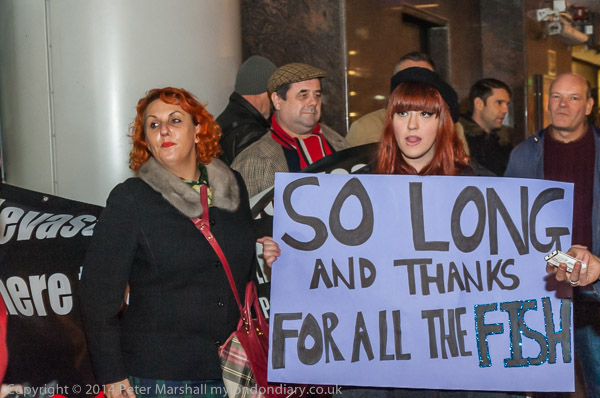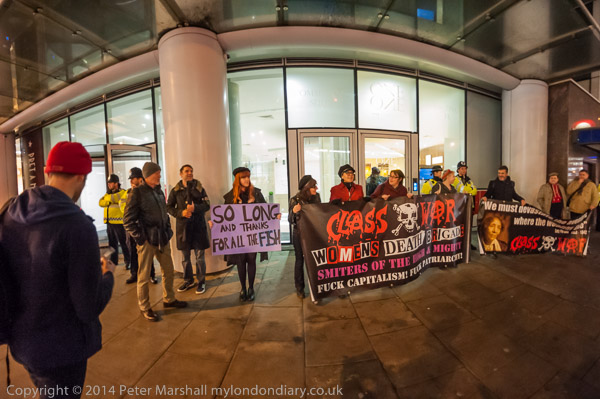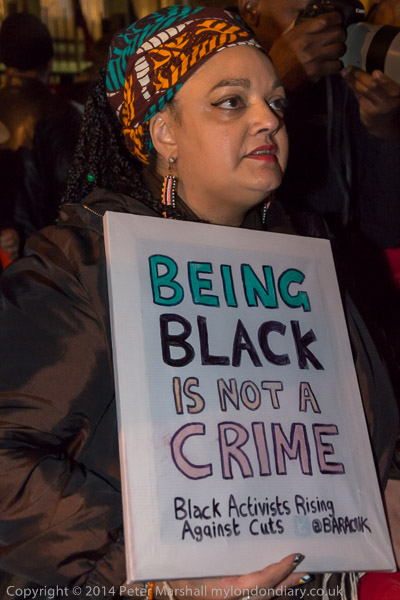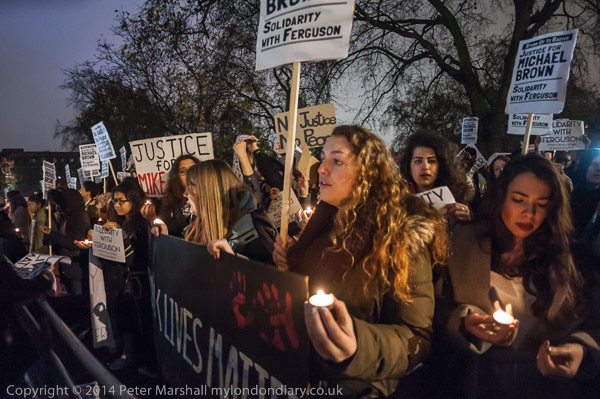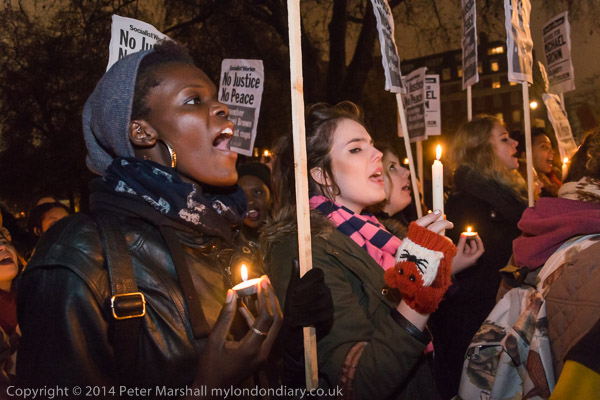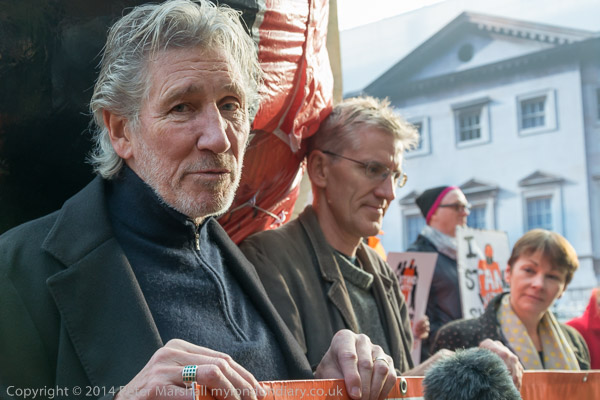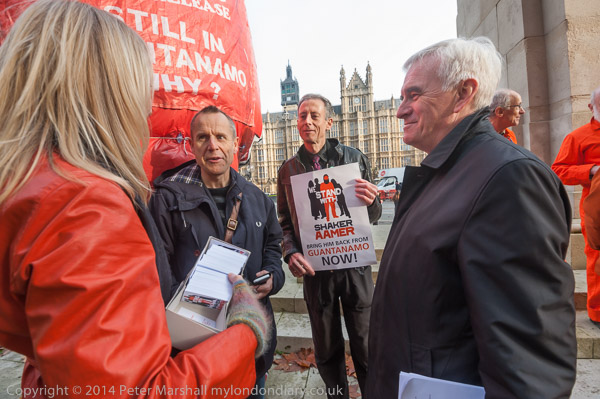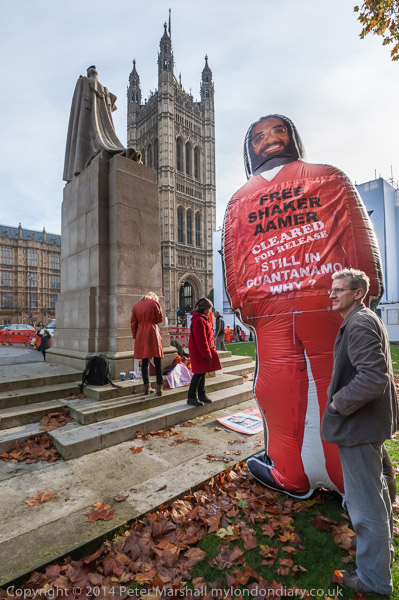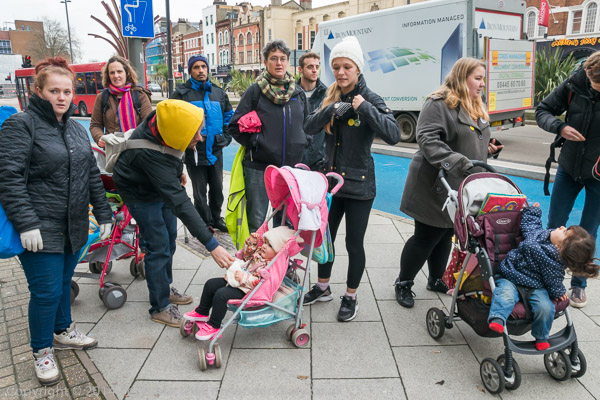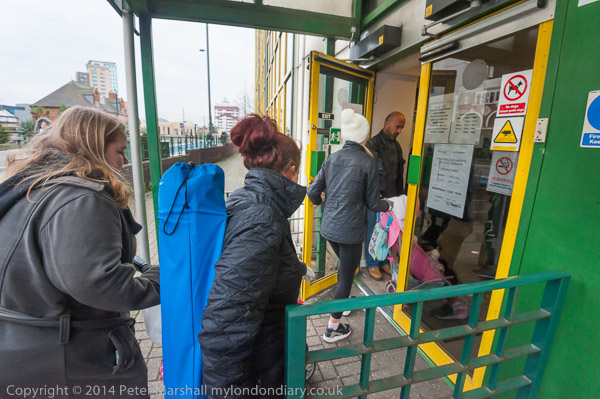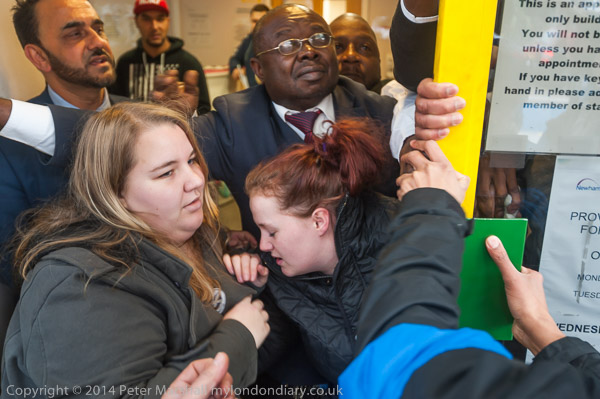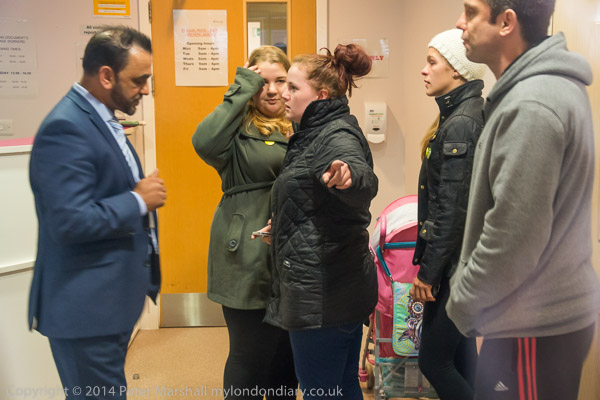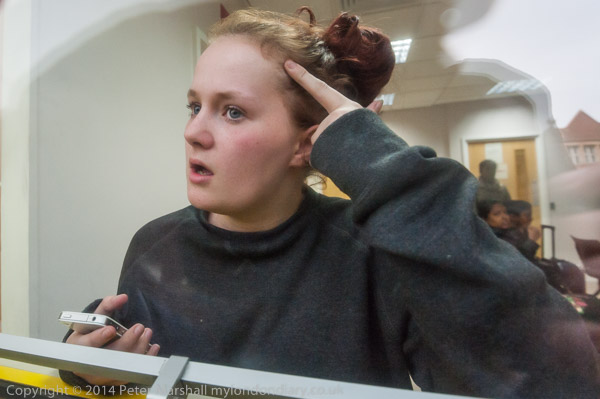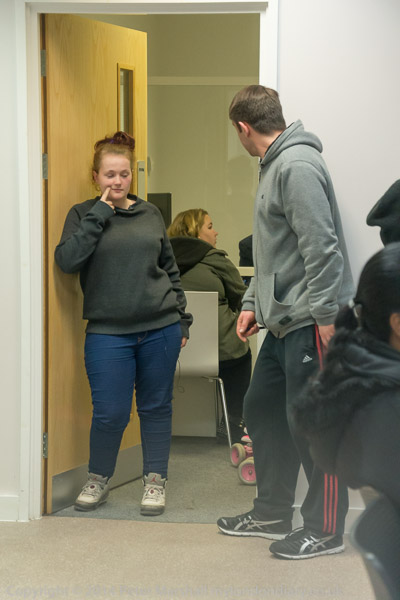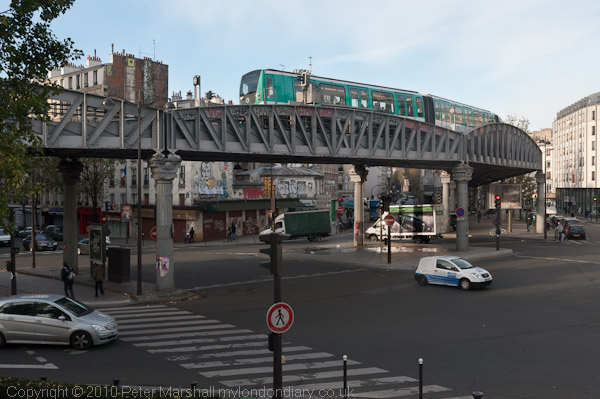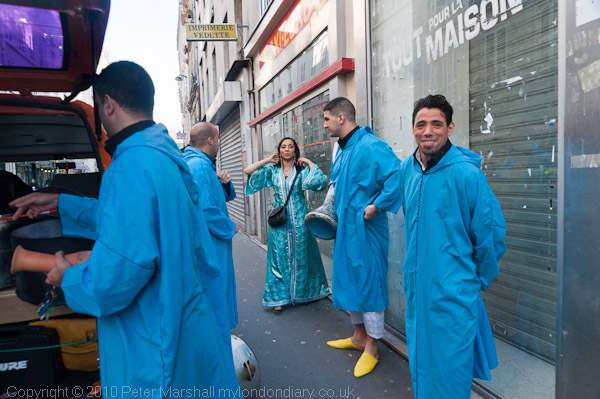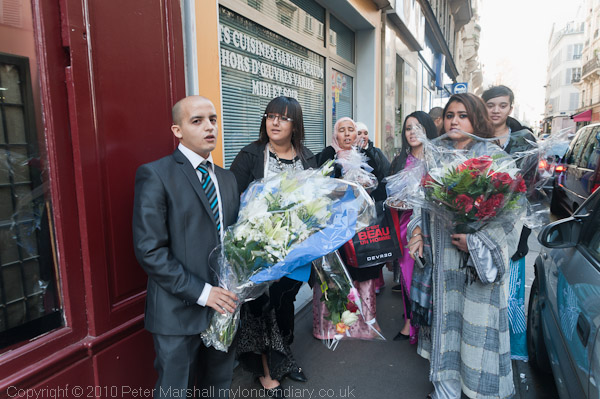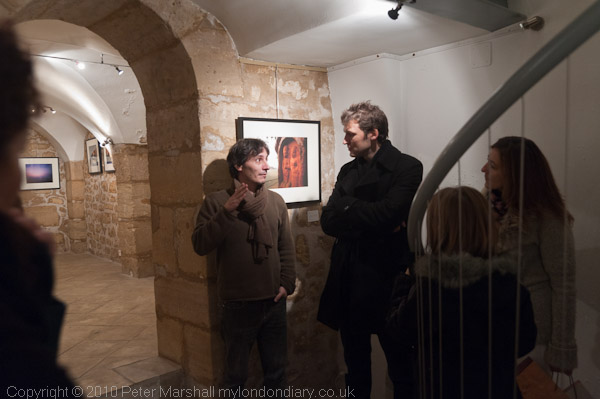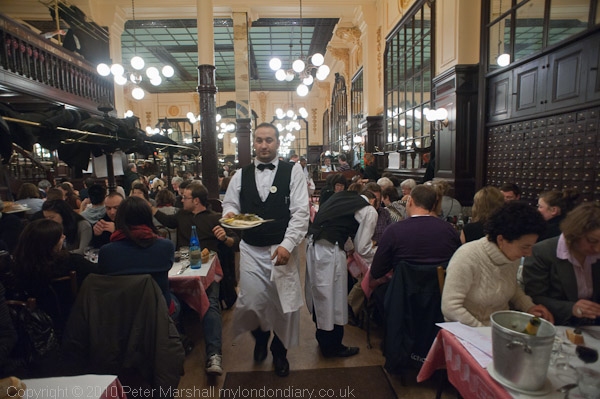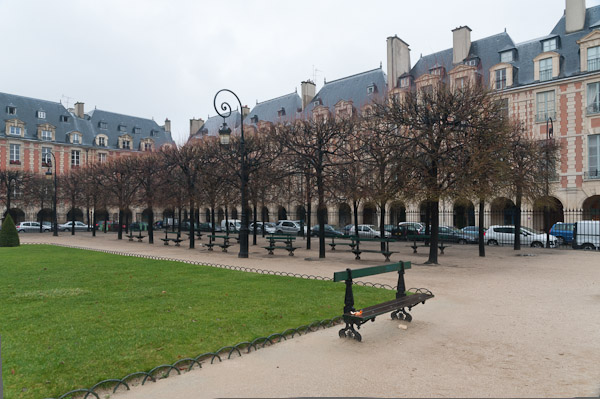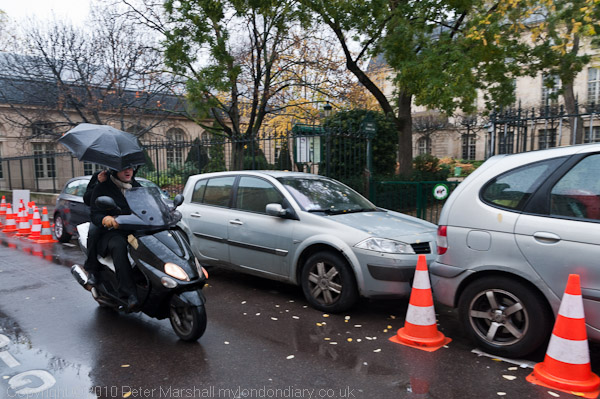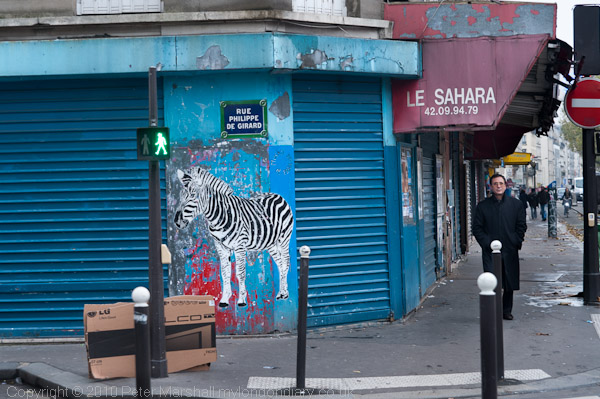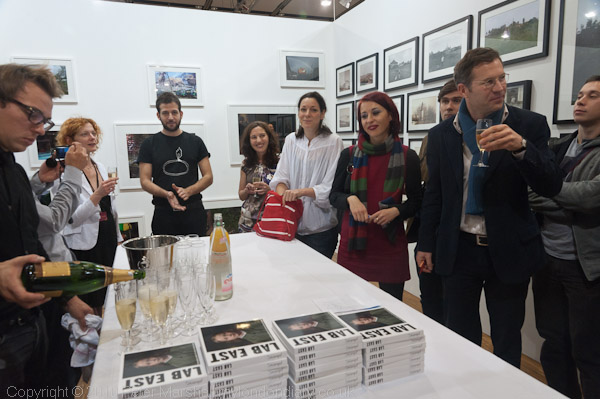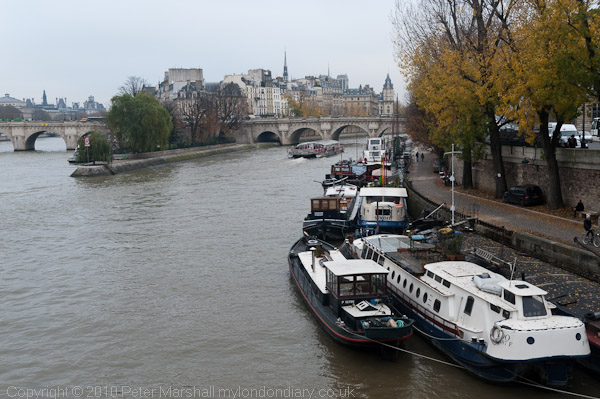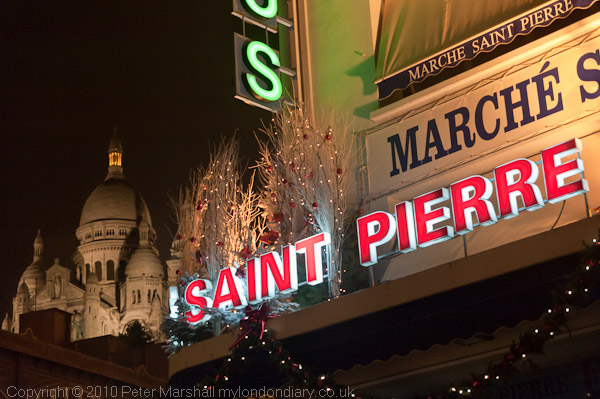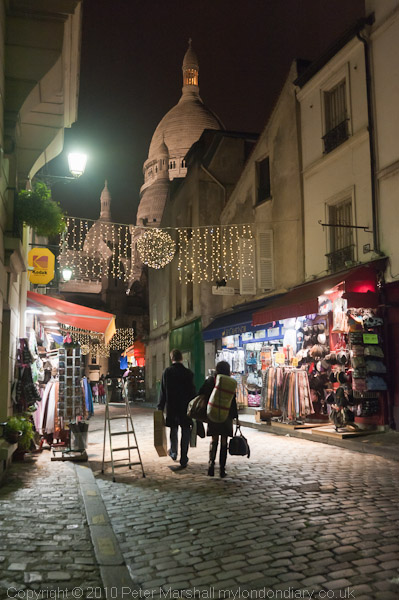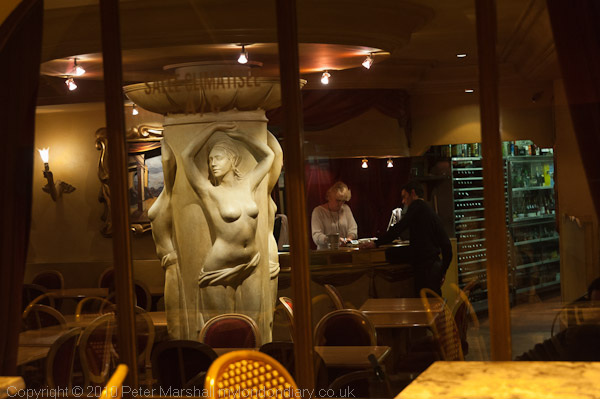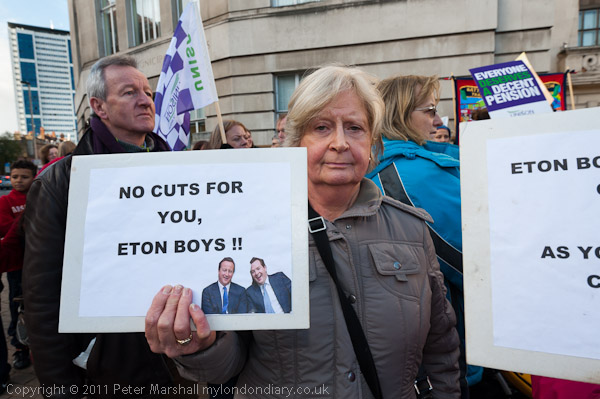
November 30th fell on a Wednesday in 2011, and it was the day of a strike by public sector workers against government plans to cut their pensions as part of the austerity programme following the banking crisis. As I wrote back then:
Feelings are certainly running very high over pension injustice, as well as over the government cuts in jobs and services. The widespread feeling across the country – not just trade unionists – that our government is made of of the wealthy and privileged who just do not understand the problems of ordinary people was reflected in the two hand-written placards I photographed, both with photographs of Cameron and Osborne alongside the texts ‘Eton Boys, Do you Feel Our Pain, As You Order Your Champagne‘ and ‘No Cuts For You, Eton Boys!!’
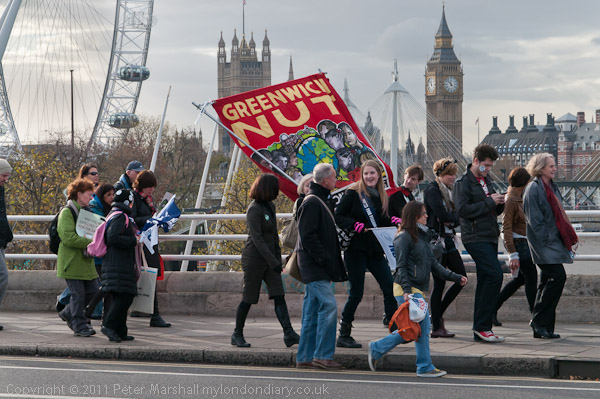
The day had begun early for strikers at Wandsworth Town Hall who had been on the picket line since 6am at the Town Hall and other council sites across the borough, though I only joined them around 4 hours later, when many were about to leave to join the TUC march in central London, and I also made my way to a packed Lincoln’s Inn Fields where around 20,000 were assembling.
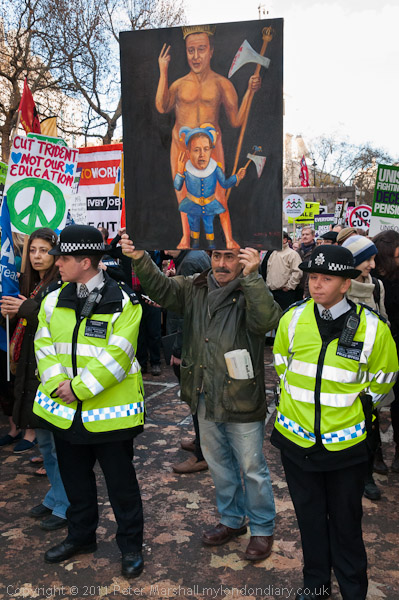
As well as public sector workers – including many from associations which have no record of previous strike action or taking part in protests – there were activists from groups such as the Education Activist Network and other student groups, people wearing ‘Anonymous’ Guy Fawkes ‘V for Vendetta’ masks and other supporters, including political artist Kaya Mar with his painting of coalition leader David Cameron and his Lib-Dem sidekick Nick Clegg carrying blood-stained axes.
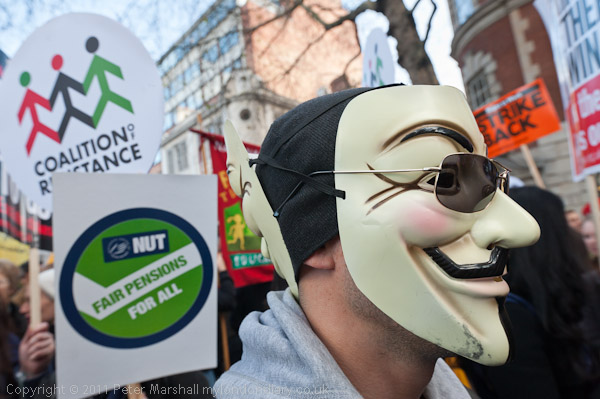
There were also a group of French trade unionists from the CGT, come to support their English colleagues – here in a picture beside Frances O’Grady, Dep Gen Sec of the TUC and John Rimmer, president of the NASUWT.
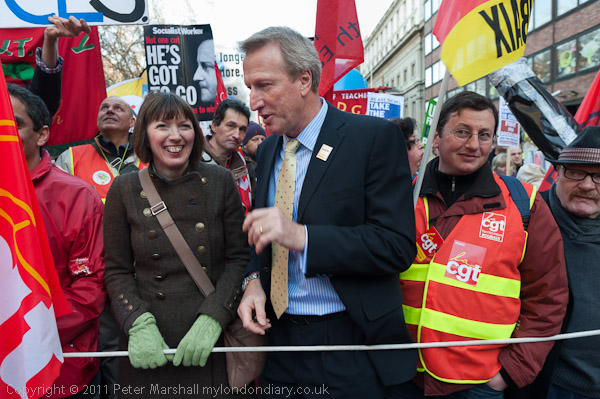
More joined the march along the route to Westminster. It was a peaceful march which hardly merited the huge police presence, and I think the French trade unionists will have thought it very restrained, although some groups, particularly some of the students, did liven it up a little with loud chanting and the occasional surge. The rally had already begun when I arrived, although the end of the march was still almost a mile back.
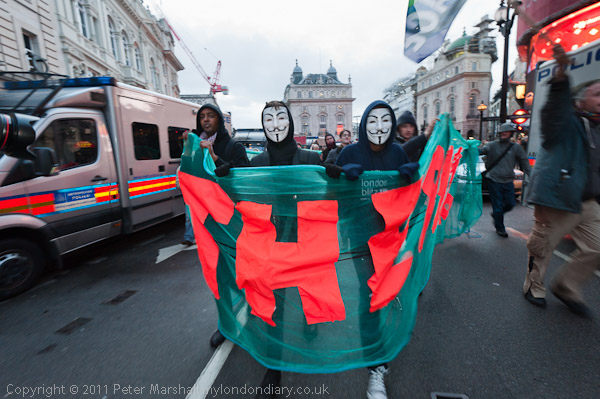
I didn’t wait to hear the speeches, but went to Piccadilly Circus, where Occupy London protesters from the camp outside St Paul’s Cathedral were gathering for a protest against corporate greed. I stood with them for around half an hour while we all waited for something to happen, watched by a large crowd of police. It began with a diversion as around 30 people with the ‘Precarious Workers Brigade’ banner that I’d photographed earlier on the TUC march rushed across the road to protest outside Boots, drawing much of the police attention.
Others by Eros were getting ready the main banner ‘All Power to the 99%’ which they then rushed along the street with the rest of the protesters following, going down Haymarket, and I rushed along with them taking pictures. At Panton St, one of them lit a bright orange flare and they all turned down the street to Panton House, where some rushed into the foyer.
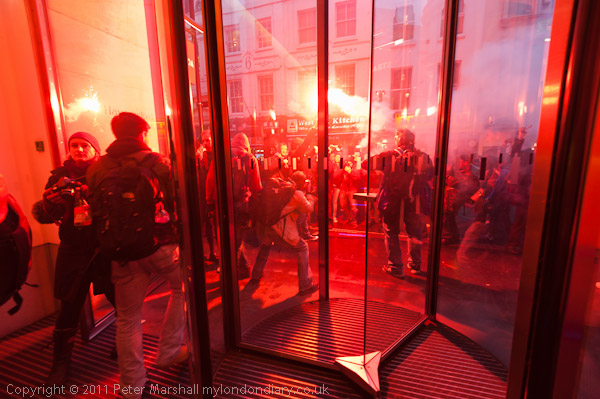
I stopped there to take a few pictures rather than rushing to follow them up the stairs. By the time I turned to follow them the stairs were rather crowded but I made my way up to the third or fourth landing before deciding I was out of breath and probably not going to get to the top as the stairs were too crowded. By then the police had begun to catch up, and stopped me going down. And although police were shouting and me and the others on the stairs to go down, other police were pushing us out of the way when we tried to do so as they rushed up to the roof.
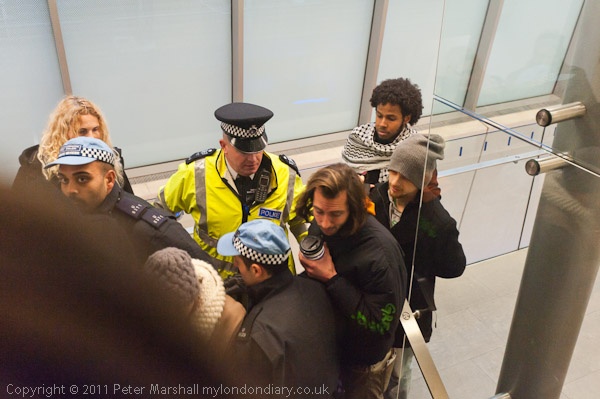
Eventually I managed to make my way out and try to take a few pictures as protesters on the roof lowered banners over the edge while others outside formed a ‘human microphone’ to let everone know what the protest was about.
Occupy London had chosen Panton House as it contains the London offices of the mining Company Xstrata, whose CEO Mick Davies they say is the highest paid CEO in the UK, but according to their statement, “is a prime example of the greedy 1% lining their own pockets while denying workers pensions.”
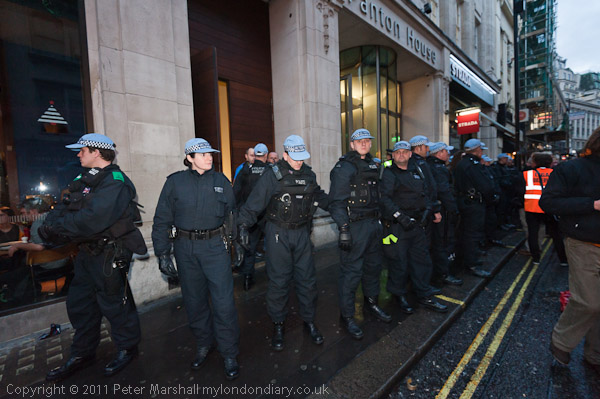
I was sorry not to have made it to the roof as several other photographers had done, but at least I was able to slip through the police kettle and go home early after a rather tiring day.
More pictures at:
Occupy London Expose Corporate Greed
TUC Nov 30 March
Wandsworth Nov 30 Rally

